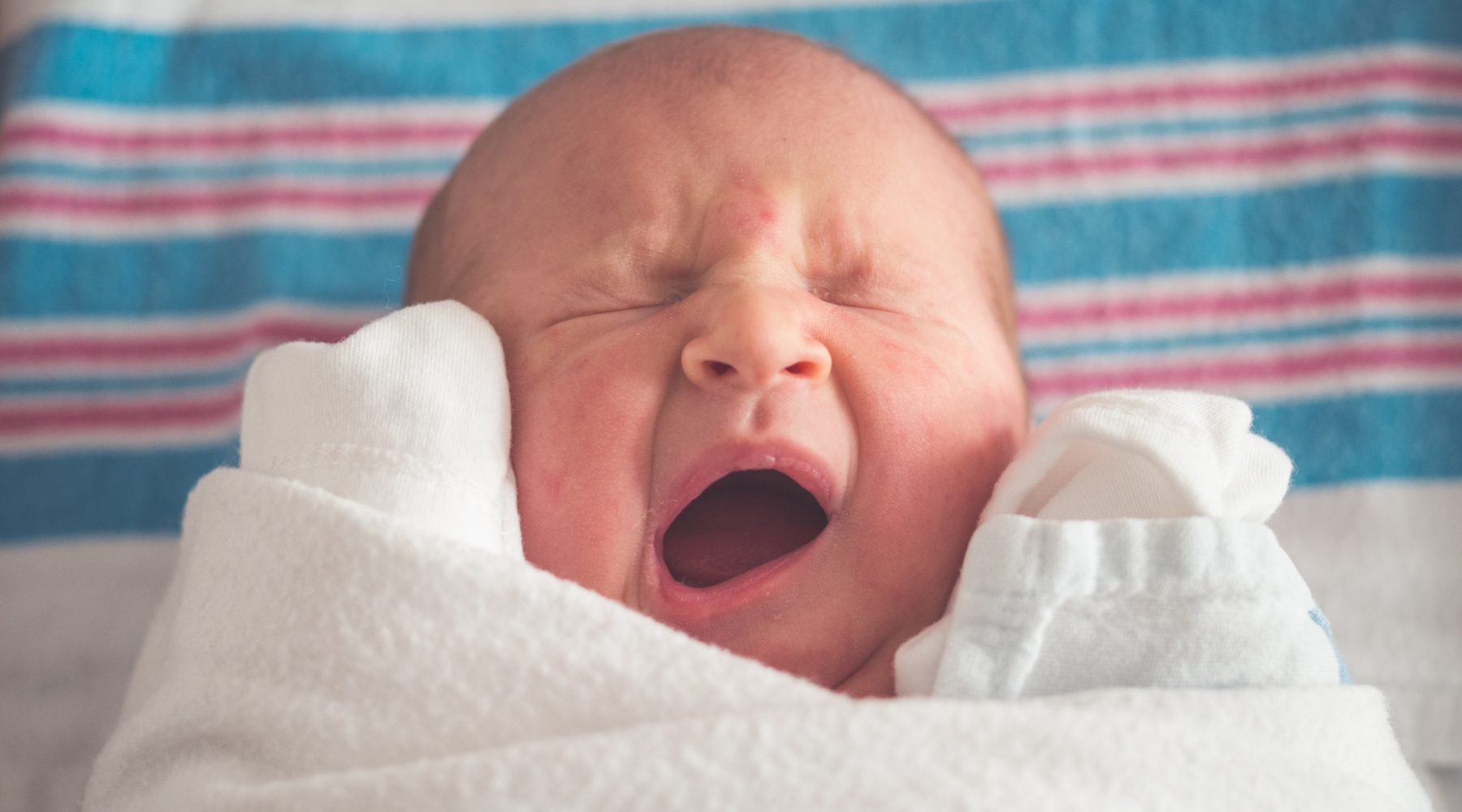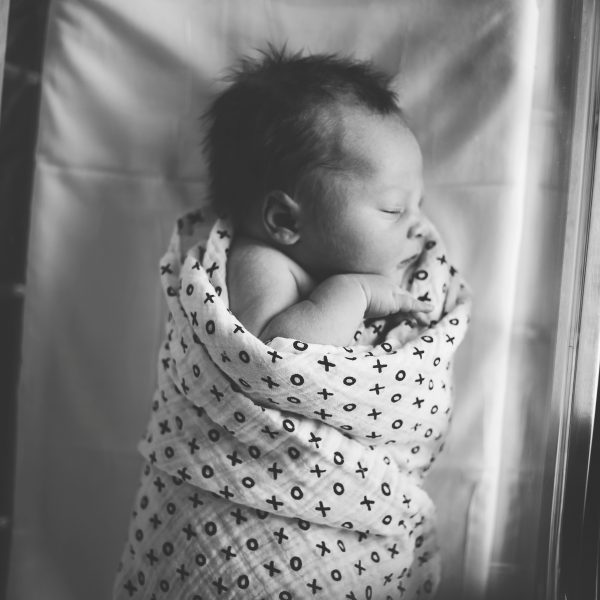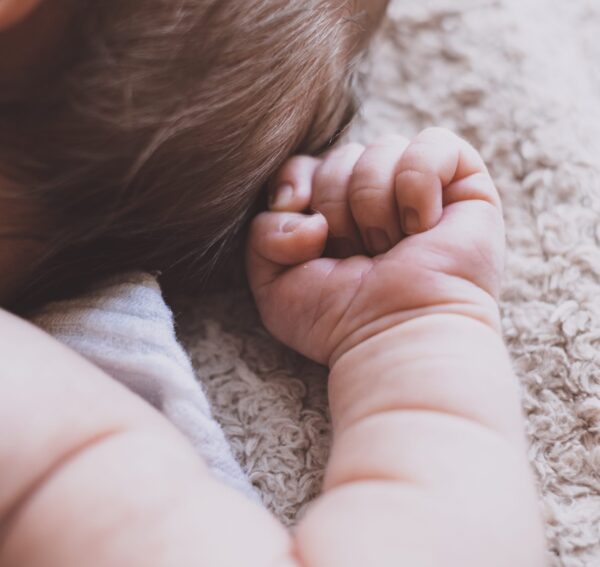The science on why to sleep babies on their backs

Early childhood education and care (ECEC) services all know to sleep babies on their backs from birth, a recommendation that has largely contributed to an 85 per cent reduction in sudden infant death syndrome (SIDS) deaths since the 1990s. But what is the actual science behind it? Red Nose explains as part of Safe Sleep Week.
Red Nose explains that research has found that sleeping babies on their back greatly reduces the risk of sudden and unexpected death in infancy (SUDI), which includes SIDS. This is because healthy babies placed on their back to sleep are less likely to choke on vomit than tummy sleeping infants.
Red Nose’s Chief Midwife Jane Wiggill says that sleeping babies on their back will actually provide them with airway protection: “When a baby is sleeping on their back, the upper respiratory airways are positioned above the oesophagus, which is the tube that carries food from the mouth to the stomach.”
“Babies protect their airways by swallowing. Regurgitated milk from the oesophagus lies at the lowest level and can be easily swallowed,” she says.
“It is actually difficult for the fluid to work against gravity and be pushed up and into the respiratory tract. Hence, the risk of choking is reduced when a baby is sleeping on its back.”
Ms Wiggill says it is a misconception that a baby can choke on vomit while sleeping on their back.
“When a baby sleeps on their tummy, the oesophagus sits above the baby’s upper airways. If a baby regurgitates or vomits milk or fluid, these substances will pool at the opening of the airways and are more likely to be inhaled into the baby’s airway and lungs,” she says.
“Babies also sleep more deeply on their tummy and swallow less frequently. This means they are less likely to arouse if they need to wake up.”
Ms Wiggil also explains that there is a risk that babies who are put to sleep on their side can easily roll on to their tummies. “Babies who are usually slept on their back, and then are placed on their tummy or side for the first time are also at an increased risk of sudden and unexpected death. Always, always place a baby on its back for sleep.”
If a baby is beginning to roll, usually around 4-5 months of age, they can be left to find their preferred sleep position, Ms Wiggill explains.
“It is very important at this critical time of starting to roll that the sleep environment remains safe, with no extra soft bedding, toys, and bumpers in or around the cot.”
And, says Ms Wiggill, stop wrapping or swaddling babies as soon as they show signs of rolling, leaving their arms free once the startle reflux disappears. Ms Wiggill says that sleeping bags are good options once babies are out of wraps as they will delay a baby from rolling onto its tummy until it is past the peak risk age for SUDI.
For more information on safe sleep, read Red Nose’s top tips and key facts for caregivers.
Safe sleep week runs from 11 to 18 March and focuses on vital safety information to reduce the risk of SIDS and fatal sleep accidents.
Popular

Quality
Practice
Provider
Research
Workforce
Honouring the quiet magic of early childhood
2025-07-11 09:15:00
by Fiona Alston

Workforce
Policy
Quality
Practice
Provider
Research
The silent oath: Why child protection is personal for every educator
2025-07-17 09:00:31
by Fiona Alston

Practice
Provider
Quality
Research
Embedding cultural safety and responsiveness to strengthen belonging in early childhood education
2025-07-14 13:21:23
by Contributed Content











